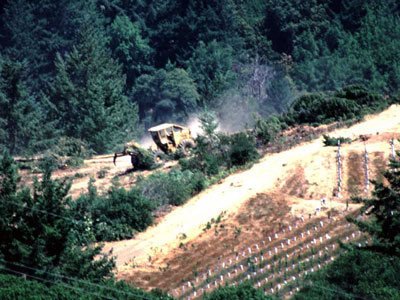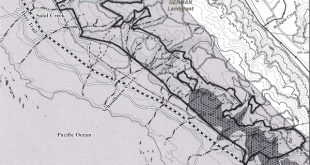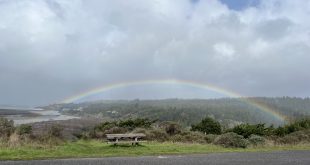| by Matt Gleeson December, 2012 California Northern Magazine |

[excerpt:]
I’m here to visit a major flash point in the North Coast’s battle over what is called “forest-to-vineyard conversion,” a bland term that doesn’t quite capture what is an intensive reworking of the land. To plant a vineyard where there was a forest, first you have to clear-cut all the trees and burn the remaining brush, then rip several feet down into the soil to remove all stumps and roots before finally adding large quantities of lime to tweak the soil’s acidity. The process goes deeper and is more permanent than any logging activity, since the goal is to wipe the land clean and create a blank slate as conducive as possible to the growth of one crop. To create a working vineyard, you must also grade the land; install antiwildlife fences; and build necessary infrastructure such as roads, workyards, and ponds to store water for irrigation. One may regard the grapes that follow with love or indifference, but either way the transformation of the land is total.
. . .
One of the people I contacted to check the veracity of the environmentalists’ concerns was Adam McKannay, an environmental scientist with the Department of Fish and Game. He cautiously stressed that this part of the coast is “new territory” and that scientists don’t yet know the real effects of vineyards there, which will require monitoring them for a period of time. But he did acknowledge that converting forest to vineyard would have far deeper and more permanent effects than current logging practices, making it unlikely that the impacts of Artesa’s project would be insignificant, as the Department of Forestry claimed. “Logging doesn’t remove the natural forest floor,” he says. “It leaves the root mass in place, and within years of logging you have a dense understory that’s regrown. The troubling thing is that timber harvesting is a renewable resource when done correctly, but a [vineyard] conversion is permanent.”
. . .
The particularly irreversible damage done by vineyard conversions has fueled opponents’ battles, and they have a point when they warn that it may not be wise to allow unfettered development by those who can afford to do it. If someday the demand for California wine deflates, or if California decides that it values other things more – salmon, redwoods, Native American culture, Gravenstein apples – it would be a shame to find some of those things erased. The danger may also be that our culture – along with the agriculture in some parts of our region – comes to look more and more like a monocrop, and our image of the land we inhabit and make use of more resembles a two-dimensional landscape stamped onto a wine bottle label.
| To read the entire article, visit California Northern Magazine: The Vine and Its Discontents. |
 Friends of Gualala River Protecting the Gualala River watershed and the species living within it
Friends of Gualala River Protecting the Gualala River watershed and the species living within it


